Best flours for a light-textured sourdough — quick reference table
Below is a focused table listing flours that help produce a light, open crumb in sourdough when used correctly. For each flour, I note its key traits, how it affects crumb, flavor, and texture, and practical usage (including ideal substitution ratios and short hydration notes where relevant). I’ve excluded flours that are unsuitable as primary sourdough bases (e.g., pure whole-rye or pure einkorn) unless used in small percentages and with cautions below.
Flour Type Characteristics Effect on Bread (why it lightens crumb / what it changes)Recommended Usage (ratios, notes)
Bread flour (strong white), High protein (12–14%), strong gluten-forming; usually bleached or unbleached white wheat. Builds a strong gluten network → excellent oven spring and large, open crumb when properly hydrated and handled—the backbone for light loaves.
Primary flour: 60–100% of flour weight. Use 70–85% for a very open crumb with AP or 00 blended in. Higher hydration (75–82%+) yields larger pores/holes in your finished loaf.
High-protein all-purpose (AP, 11–12.5%). Moderate protein, more extensible than some bread flours; widely available. Has a softer crumb than very strong bread flour, with slightly less chew, and can produce a lighter mouthfeel when used in conjunction with strong starter management.
Blends: 20–50% with bread flour for a tender crumb and good spring. Works well 100% in lower-hydration loaves, but for a very open crumb, it is best paired with bread flour.
Tipo 00 (Italian ’00’ white) Finely milled, variable protein (8–13% depending on brand). Smooth texture. When protein is moderate, itgives silkier, slightly more extensible dough → can lead to more open, delicate crumb if combined with stronger flour. Alone, it may lack structure. Use 10–40% blended into a bread-flour base (e.g., 75% bread + 25% 00) to soften crumb and improve extensibility. Adjust hydration slightly up.
High-extraction / high-ash white White flour that retains more bran/germ particles than standard white; flavor richer but still mostly endosperm. Adds flavor and a bit of enzymatic activity with minimal weight penalty — can improve crust color and taste while maintaining a light crumb.
Use 10–30% in the mix for flavor/upgraded crumb without heaviness. Increases water absorption slightly.
White whole wheat (soft white) Whole-grain flour milled from white wheat — lighter color and milder flavor than red whole wheat; moderate protein. Gives whole-grain nutrition and mild nutty flavor while staying lighter than red whole wheat. Keeps the crumb more open than the equivalent % of red whole wheat.
Use 5–25% for light loaves (up to 30% if you prefer denser, heartier crumb). Increase hydration + autolyse time.
Red whole wheat (traditional whole wheat): Higher bran and germ, stronger flavor, more enzyme activity, and bran/particle size varies. It can make the crumb denser if used in large amounts because bran cuts gluten strands. In small quantities, it adds flavor and structural complexity without heavy density.
Use 5–20% for light sourdough. When using more than 20% compensation, consider higher hydration, longer autolyse, and extra folds. Consider sifting or fine milling to minimize the impact of bran.
Rye (light/medium) Low gluten; high enzyme (diastatic) activity; sticky and extensible, with characteristic tang and aroma.
Too much rye = dense crumb. In small percentages, rye increases moisture retention, tenderness, and flavor complexity without compromising crumb structure.
Use 5–15% (occasionally up to 20% with technique changes). Prefer light to medium rye flours and avoid using them as the sole base. Increase starter activity control and shorten the bulk fermentation if using more than 10%.
Spelt Ancient wheat; slightly lower gluten strength but very extensible; nutty-sweet flavor. Adds tenderness and a delicate, open crumb if kept under control—can give an airy texture, but with less chew and strength than modern wheat.
Use 10–25% of this blend with bread flour. Keep fermentation gentle (spelt ferments quickly) and avoid prolonged bulk fermentation to prevent collapse.
Semolina / Durum (fine grind) Coarser than standard wheat flours; higher protein but different gluten quality; yellowish color and wheaty aroma. Adds lightness and a slightly chewy, open crumb when used sparingly; contributes crisp crust and great flavor. Large amounts can yield coarse crumb.
Use 5–15% for flavor and a slightly firmer, open crumb. Best in blends (e.g., 85% white flour + 15% semolina).
Pastry/cake flour (low protein) Very low protein (6–9%); soft, fine-milled. Reduces chew and creates a very tender crumb. Too much makes the dough weak and the loaf prone to collapse, but small amounts soften the texture and enlarge the holes.
Use 5–10% as a tenderizer in blends. Do not use it as the main flour in sourdough. Increase handling gentleness and reduce overproofing.
Vital wheat gluten (additive, not a standalone flour) Concentrated gluten powder (70–85% protein). Strengthens weak doughs (e.g., high whole-grain recipes) — improves oven spring and open crumb while allowing higher % of whole grains.
Add 1–3% of total flour weight when using high whole-grain (>30%) or softer flours (spelt, 00) to regain structure. Mix into flour before hydrating.
Diastatic malt powder (barley malt): Enzyme-rich barley powder (not a wheat flour) that keeps active enzymes to feed yeast and improve browning. Improves fermentation, oven spring, and crust color—can encourage lighter crumb and better rise when used sparingly.
Use 0.5–2% of the flour weight (a minimal amount). Not a bulk flour—use only as a performance adjunct.
Suggested combinations and ideal ratios for light, open-crumb sourdoughs
- ** Classic open-crumb white:** 100% Bread flour (or 80% bread + 20% AP) — high hydration (75–82%) and long cold ferment.
- Tender, silky crumb:75% Bread flour + 25% Tipo 00 — slightly higher hydration, gentle handling for extensibility.
- Floral/aromatic loaf with bite:80% Bread flour + 10% Semolina + 10% White whole wheat — semolina adds chew and flavor without closing the crumb.
- Light whole-grain loaf:75–85% Bread flour + 10–20% White whole wheat + 1–2% vital gluten (if needed) — increase hydration and autolyse to compensate for bran.
- Flavor-forward hybrid:85% Bread flour + 10% Light rye + 5% Spelt — subtle rye tang and spelt sweetness while keeping crumb open. Keep rye ≤15%.
- Delicate pastry-style crumb:85–90% Bread flour + 5–10% Pastry flour — a tender crumb that maintains structure with a majority of strong flour.
Practical tips to keep crumb light (short checklist)
- Hydration: Higher hydration (75%+) favors a large, open crumb with strong flour. Increase slowly and build handling skill.
- Autolyse: 30–90 minutes (or longer for whole grain blends) helps gluten develop without overworking.
- Folding, not heavy kneading: gentle stretch-and-fold builds strength while preserving extensibility.
- Cold retard: long cold proof (overnight in fridge) improves flavor and strengthens dough for better oven spring.
- Limit heavy whole-grain & rye as primary: use them as additions, not the main flour, unless you accept a denser, heartier loaf.
- Use vital gluten sparingly when baking high-percent whole-grain loaves to keep them lighter.


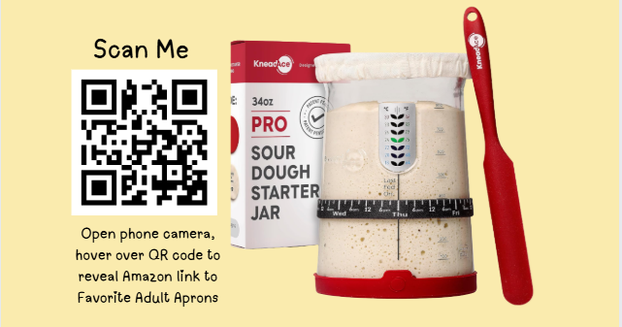
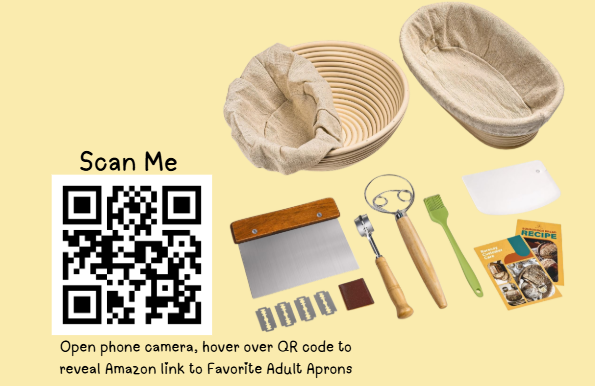

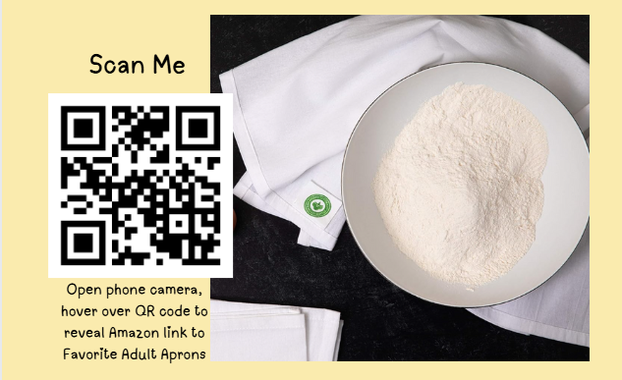
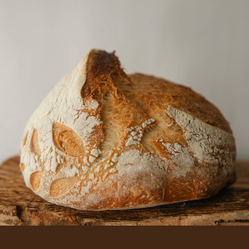

 Parents Discover 3 Stress-Free Ways to Readingon 09/25/2025
Parents Discover 3 Stress-Free Ways to Readingon 09/25/2025
 How to Get More Reviews for Your Book: Why Authors Love Pubbyon 09/07/2025
How to Get More Reviews for Your Book: Why Authors Love Pubbyon 09/07/2025
 3 Best Blue Lotus Oils And Benefits That Wow Youon 06/03/2024
3 Best Blue Lotus Oils And Benefits That Wow Youon 06/03/2024
 How To Set Up Your Work From Home Income Generating Systemon 06/03/2024
How To Set Up Your Work From Home Income Generating Systemon 06/03/2024
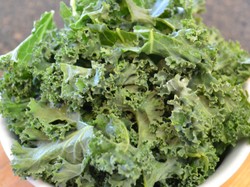
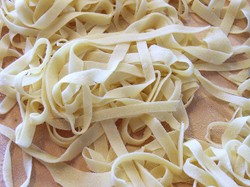
Sourdough Bread Chat
The recipes are delicious!
But which do you prefer: Dutch oven or oven or something else?
dustytoes, Glad to hear you will be enjoying sourdough bread. It is a good and healthy bread to enjoy.
Thanks for this easy to follow page of directions for making sourdough! I am very late to the sourdough craze, but actually just bought items to begin making it - so perfect timing that I found your page. I like the idea of putting it into the fridge overnight. And it will rise in there?? Can't wait to make mine.